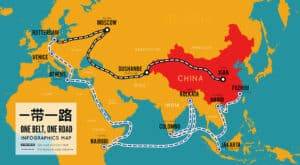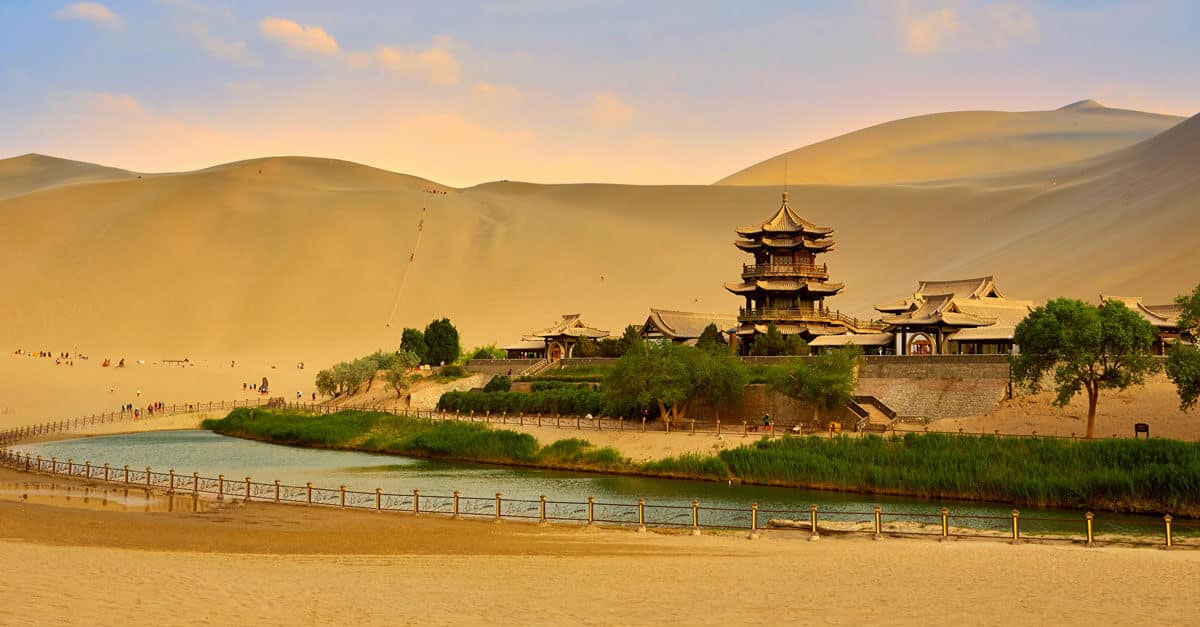Mongolia As a Key Regional Player
Mongolia plays a crucial role in the CMREC. Sino-Mongolian relations go back several centuries, with the region largely dominated by the Chinese. It was not until the collapse of the Qing Dynasty in 1911 with the Xinghai Revolution that Mongolia, also known as Outer Mongolia, broke away from Chinese rule with the help of Russia. In 1924, the then leader signed a communist constitution based on the Russian model. It was not until the 1990s and the end of socialism that the country established a parliamentary democracy and later a multi-party system.

New corridor as part of the “New Silk Road”
Following the official announcement of the Chinese global development strategy (The Belt and Road Initiative) in 2014 and Russia’s confirmation of its support for the initiative, Mongolia also presented the “Steppe Road” programme to the two countries. This programme would include the construction of roads, rail links, oil and gas pipelines, and an electricity grid to create the desired link between China and Russia. Finally, in 2015, China signed an agreement with Russia on joint coordination and cooperation in the development of the Euroasian Economic Union, a Eurasian economic union, and in this context, the implementation and possible impact of the Belt and Road Initiative through the Euroasian Economic Union.
By 2016 alone, USD 25 billion worth of infrastructure agreements will have been signed, including industrial parks, energy networks and high-speed roads already planned by Mongolia. The project will include two main routes, ending in Russia along the route of the Trans-Siberian Railway. The first is planned to start at the port of Tanjin, pass through Beijing and the border town of Erenhot, through Inner Mongolia to the Mongolian capital of Ulaanbaatar and on to Ulan-Ude in Russia, where it will join the Trans-Siberian Railway. The second runs from Shenyang to Harbin through Manchuria to Chita, where it also joins the Trans-Siberian Railway.

Clean Energy for the economic corridor
Mongolia generates 93% of its electricity from coal, as it has large coal reserves. The Mongolian government has set ambitious energy goals to meet growing energy demand while reducing reliance on coal for environmental and health reasons. These targets include universal access to energy and at least 30% renewable energy in the energy mix by 2030. With an estimated potential of 2.6TW, the country’s steppes and deserts hold great promise for wind and solar energy. With around 270 days of sunshine per year and nearly a tenth of its territory with wind resources, Mongolia has the potential to become a regional exporter of clean energy. In 2013, Mongolia became the first country to join the UN’s Partnership for Action on Green Economy (PAGE) and began integrating green policies into its development strategy. At the Fourth United Nations Environment Assembly (UNEA), Mongolia introduced a draft resolution on sustainable infrastructure after recognising the importance and potential of sustainable infrastructure. This draft was adopted by the international community and governments and other organisations are now trying to implement it.
Wealth Aggregation: Simple, Dynamic, and Secure Beyond Compare. Discover the Altoo Wealth Platform!
Going forward, Mongolia must continue to focus on building a robust economy that invests in sustainable infrastructure and creates green jobs. It is important to take advantage of the greening of the China-Mongolia-Russia Economic Corridor, as not only Mongolia but the entire region would benefit.









